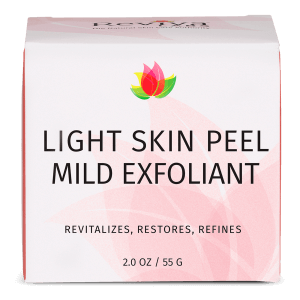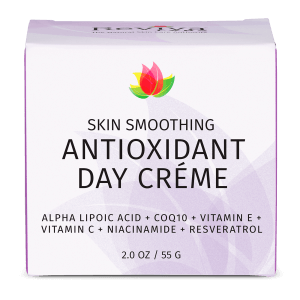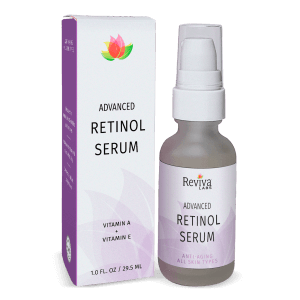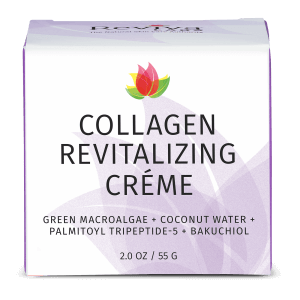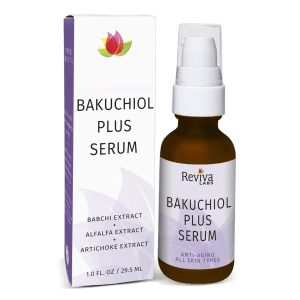Salicylic acid, a beta hydroxy acid (BHA), has gained significant popularity in skincare. It is known for its ability to treat acne, exfoliate the skin, and improve overall skin texture. Derived from willow bark, salicylic acid has a long history of use, especially in treating various skin conditions. Its unique properties make it a staple in many skincare products, but it’s essential to understand its benefits and drawbacks to use it effectively.
Benefits of Salicylic Acid
One of the primary benefits of salicylic acid is its exfoliating capability. Unlike alpha hydroxy acids (AHAs) that are water-soluble, salicylic acid is oil soluble. This property allows it to penetrate deep into the pores, effectively breaking down the build-up of dead skin cells and sebum. As a result, it helps to prevent and treat acne, making it particularly beneficial for those with oily or acne-prone skin.
Another advantage of salicylic acid is its anti-inflammatory properties. This makes it effective in reducing redness and swelling associated with acne. By soothing the skin, it not only treats existing acne but also helps to prevent future breakouts. This dual action of exfoliation and inflammation reduction makes salicylic acid a powerful ingredient in many acne treatments.
Salicylic acid also helps in improving skin texture. Regular use can lead to smoother and more even skin, as it promotes the shedding of dead skin cells. This exfoliating action can enhance the absorption of other skincare products, making your overall skincare routine more effective. Additionally, salicylic acid can help in reducing the appearance of pores by keeping them clean and clear of debris.
Potential Drawbacks of Salicylic Acid
Despite its numerous benefits, salicylic acid may not be suitable for everyone. One of the primary concerns is its potential to cause skin irritation. This is particularly true for individuals with sensitive skin. The exfoliating action that makes salicylic acid effective can also lead to dryness, peeling, and redness. It’s crucial to start with a lower concentration and gradually increase it to allow your skin to adapt.
Another drawback is the possibility of overuse. Over-exfoliation can damage the skin barrier, leading to increased sensitivity and vulnerability to environmental factors. This can exacerbate skin issues rather than improve them. It’s essential to follow usage instructions and not to use salicylic acid more frequently than recommended.
People with certain medical conditions should also exercise caution. For instance, those with aspirin allergies should avoid salicylic acid, as it is chemically similar to aspirin. Pregnant or breastfeeding women should consult with a healthcare provider before using products containing salicylic acid.

Effectiveness in Treating Acne
Salicylic acid is widely recognized for its effectiveness in treating acne. It works by penetrating the pores and dissolving the excess sebum and dead skin cells that clog them. This helps to prevent the formation of blackheads and whiteheads and reduces the likelihood of future breakouts. According to a study published in the Journal of Clinical and Aesthetic Dermatology, salicylic acid was found to significantly reduce acne lesions over a 12-week period.
Its anti-inflammatory properties also play a crucial role in treating acne. By reducing inflammation, salicylic acid helps to calm the skin and reduce the size and redness of pimples. This makes it a popular choice for spot treatments and acne-prone skincare routines.
Usage and Application Tips
When incorporating salicylic acid into your skincare routine, it’s important to follow some best practices to maximize its benefits while minimizing potential side effects. Start by using products with a lower concentration, typically around 0.5% to 2%. This allows your skin to build tolerance and reduces the risk of irritation.
Apply salicylic acid products to clean, dry skin. If using a toner or serum, apply it after cleansing and before moisturizing. For spot treatments, apply directly to the affected area. It’s also advisable to use sunscreen during the day, as salicylic acid can increase your skin’s sensitivity to the sun.
Gradual introduction is key. Begin by using the product every other day or a few times a week, and gradually increase the frequency as your skin adapts. Pay attention to how your skin responds and adjust usage accordingly. If you experience excessive dryness or irritation, reduce the frequency or switch to a lower concentration.
Combining Salicylic Acid with Other Ingredients
Salicylic acid can be effectively combined with other skincare ingredients, but it’s essential to do so thoughtfully. For instance, it pairs well with niacinamide, a form of vitamin B3 known for its anti-inflammatory and hydrating properties. This combination can enhance the acne-fighting benefits of salicylic acid while mitigating potential dryness and irritation.
However, caution should be exercised when combining salicylic acid with other potent exfoliants, such as AHAs or retinoids. Using multiple exfoliants simultaneously can increase the risk of over-exfoliation and irritation. If you wish to incorporate both, consider alternating their use on different days or times of the day.
Salicylic Acid for Different Skin Types
Salicylic acid is particularly beneficial for oily and acne-prone skin due to its ability to penetrate and clear pores. However, it can also be used by individuals with combination skin. For those with dry or sensitive skin, careful usage is necessary. It’s best to use salicylic acid in lower concentrations and less frequently to avoid excessive dryness and irritation.
For mature skin, salicylic acid can help with concerns like uneven texture and fine lines. Its exfoliating properties promote cell turnover, which can lead to a more youthful appearance. However, it’s important to balance its use with hydrating and nourishing products to maintain skin health.
Understanding Salicylic Acid in Skincare
Salicylic acid is a versatile and effective ingredient in skincare, particularly for treating acne and improving skin texture. Its ability to exfoliate, reduce inflammation, and clear pores makes it a valuable addition to many skincare routines. However, it’s important to use it correctly and consider individual skin types and conditions. By understanding its benefits and potential drawbacks, you can make informed decisions and achieve healthier, clearer skin.







